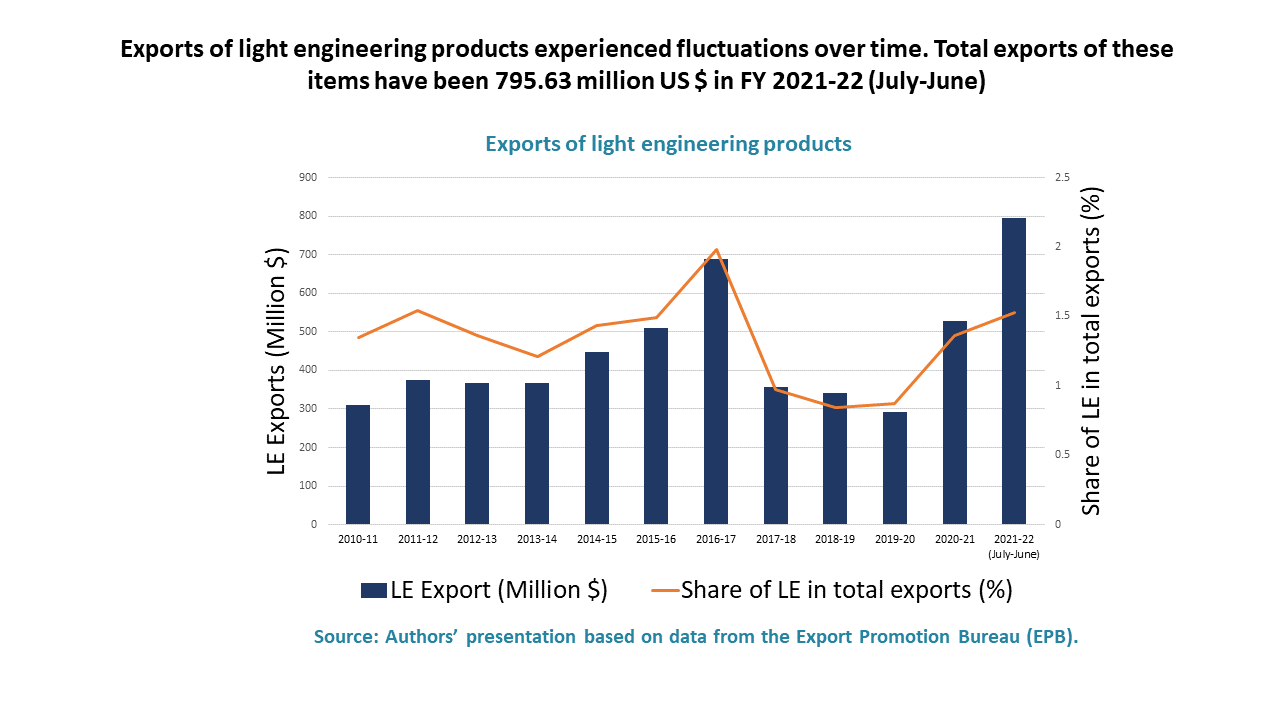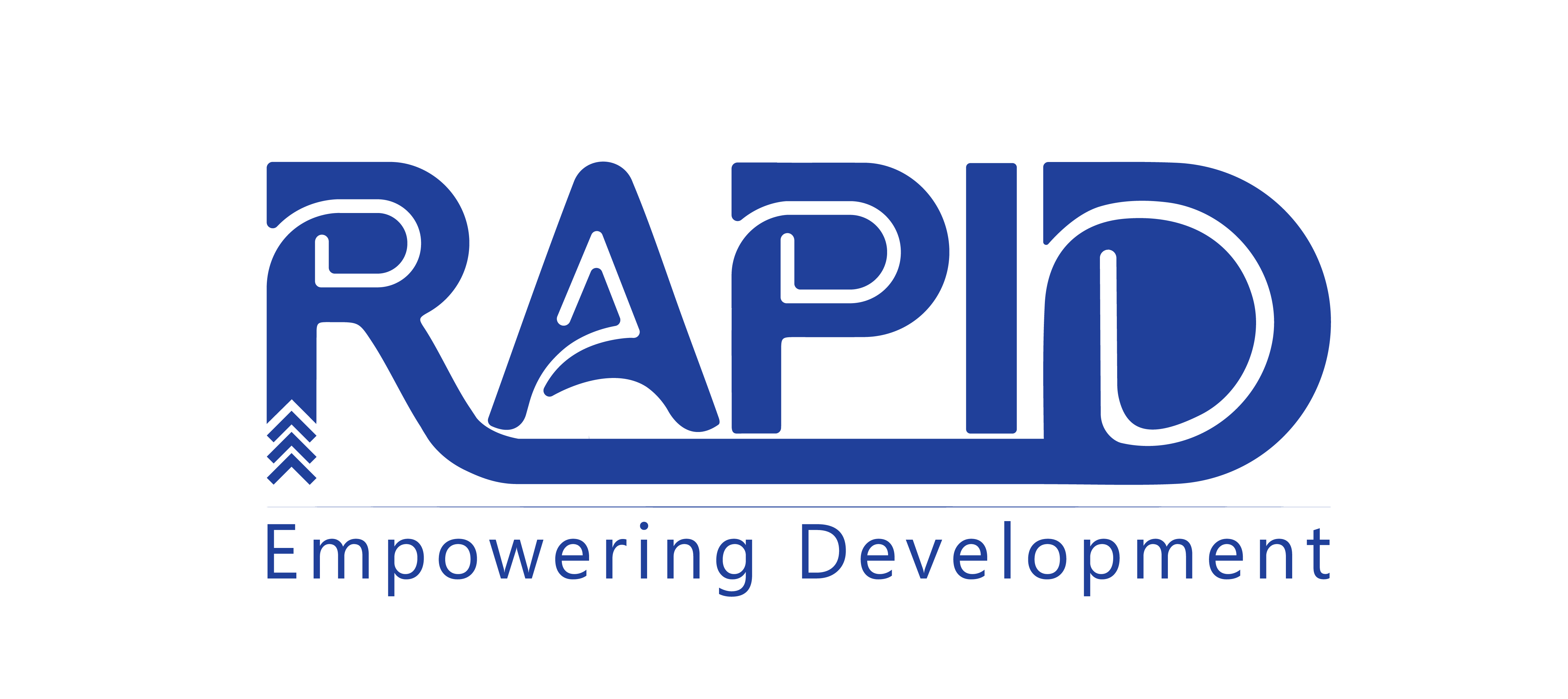
Impacts of COVID-19 on Tanneries

Media Representation of Women Migrant Workers: A Critical Look
Contents
Database Preparation of Manufacturers and Potential Exporters in the Light Engineering Sector
About the project
Partner: Bangladesh Engineering Industry Owners’ Association (BEIOA) and Business Promotion Council, Ministry of Commerce.Project duration: February 2022 – May 2022
The light engineering industry (LEI) sector has long been ‘the mother of all sectors’ by supplying various raw materials/intermediary inputs (i.e., various types of machinery, spare parts, industrial units, capital machinery etc.) and providing repair services to various sectors including the RMG. An estimate suggests that this sector supplies about 50 per cent of the spare parts demanded by the country’s industrial sector. Thus, LEI products are working as important impetus to stimulate economic growth. Indeed, it accounts for more than 2 per cent of GDP. Moreover, the sector has created more than 800,000 jobs in the past few decades and thereby substantially contributing to poverty alleviation. Realising the potential and significance of the LEI sector, it has been provided due policy priority in different government policy documents for further development (for instance, highest priority sector in National Industrial Policy 2016 and special development sector in the latest Export Policy 2018–2021).
Despite more than 40,000 firms of varying sizes are operating in the country, about 90 per cent of these firms are serving the local needs. Only a limited numbers of firms are exporting different LEI products. Still, the LEI sector experiences more than 1.7 times increases in terms of export value: from $310 million in FY11 to $529 million in FY21 as per Export Promotion Bureau (EPB) data. During the same time, the average annual growth rate was slightly over 10 per cent. While the EPB data provides an aggregate snapshot of the exports of LEI products, there is a serious lack of data at the disaggregated (firm) levels. Currently, any record of not only exported items but also the existing LEI products are widely unavailable. Often, this issue acts as a constraint to attract higher FDI in the LEI sector. This can be attributed to the fact that potential investors cannot properly assess the capacity of the LEI firms because of the unavailability of relevant data.
In the above context, the objective of this study is to generate a database of light engineering manufacturers and potential exporters. The database of LEIs might be used as an authentic source of relevant information for potential buyers. Once the buyers have access to the processed database, then it would be easier for them to assess the capacity of LEIs efficiently. The database would have the potential to unlock information about the LEIs to the large audience at low cost. Also, the database might be used to develop the quality of products and services, and to identify the challenges for export promotion Based on the database and secondary literature, the study analyses the current trends in production, product composition, exportable items, and potential major destination markets. It also assesses the bottlenecks to promotion of the sector and provides evidence-based policies for export promotions.
Project Activities:
Fieldwork
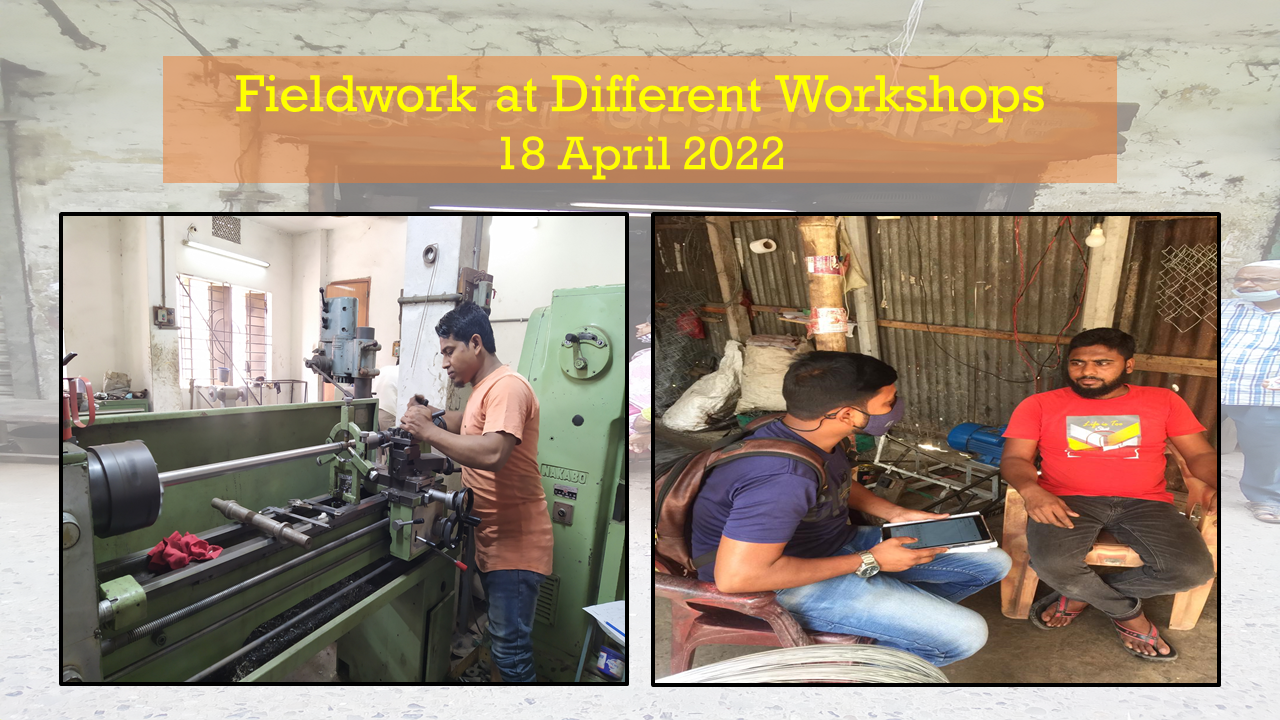
Infographics
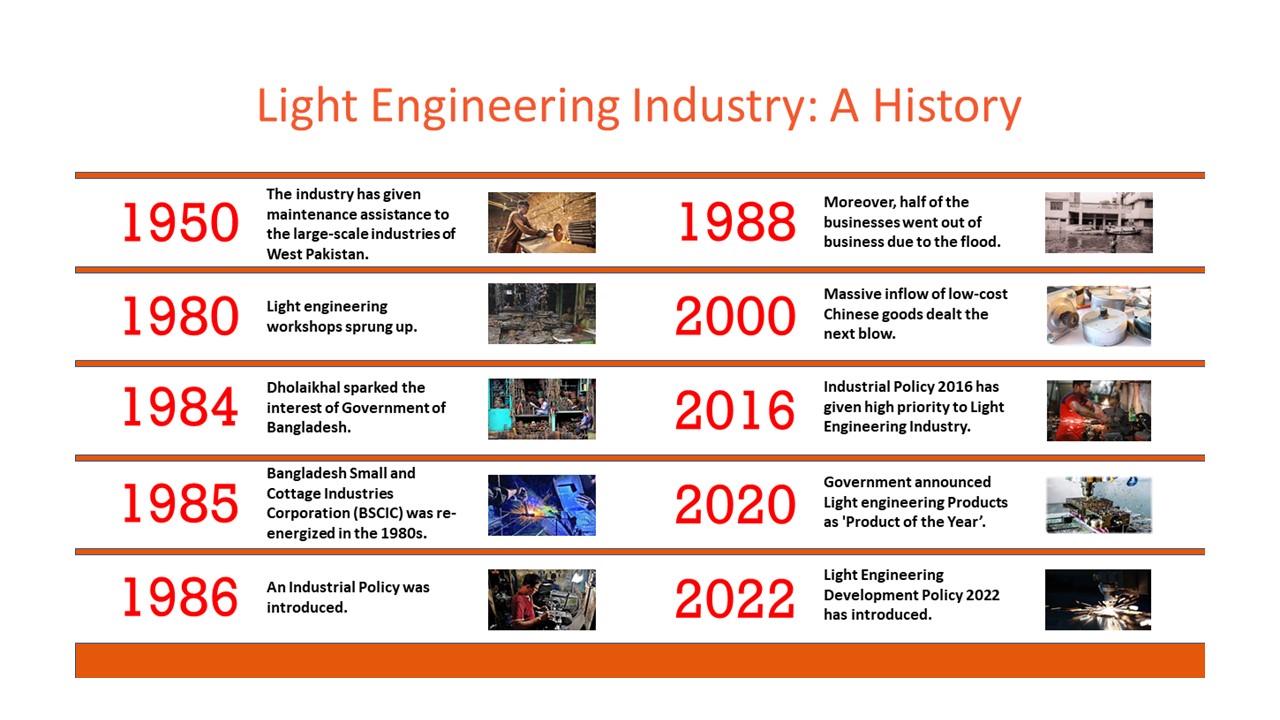
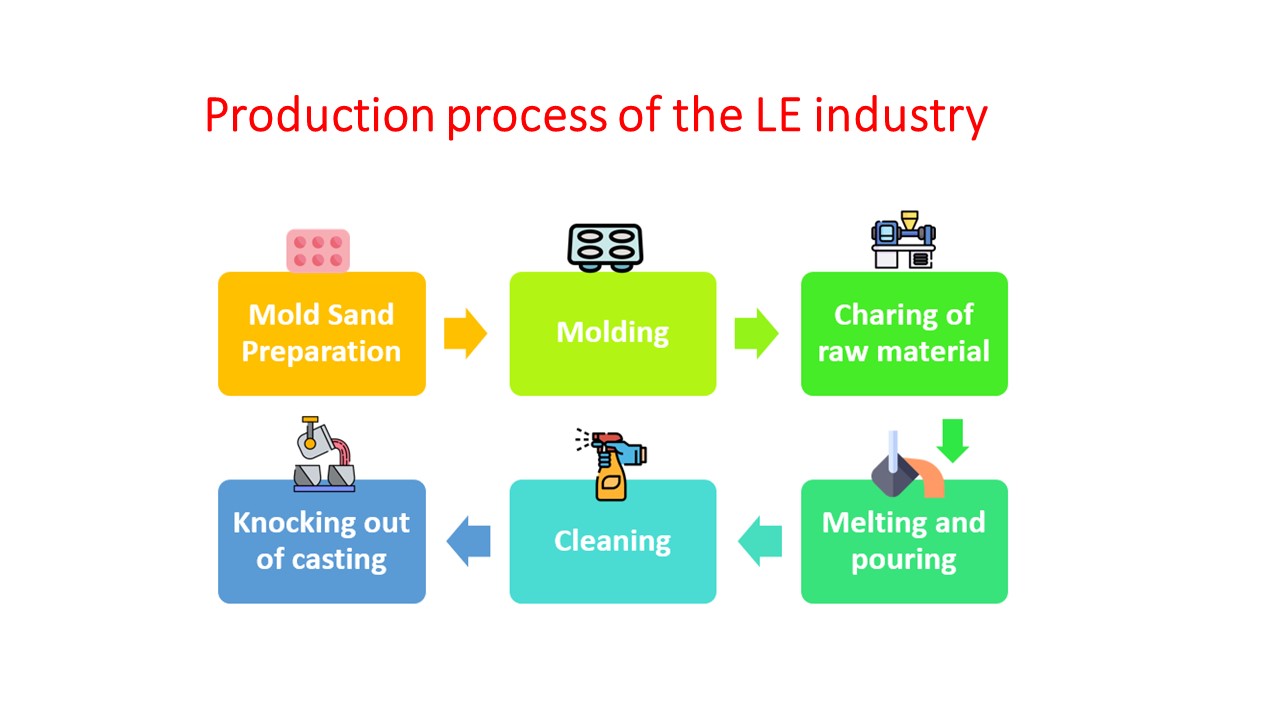
Study area
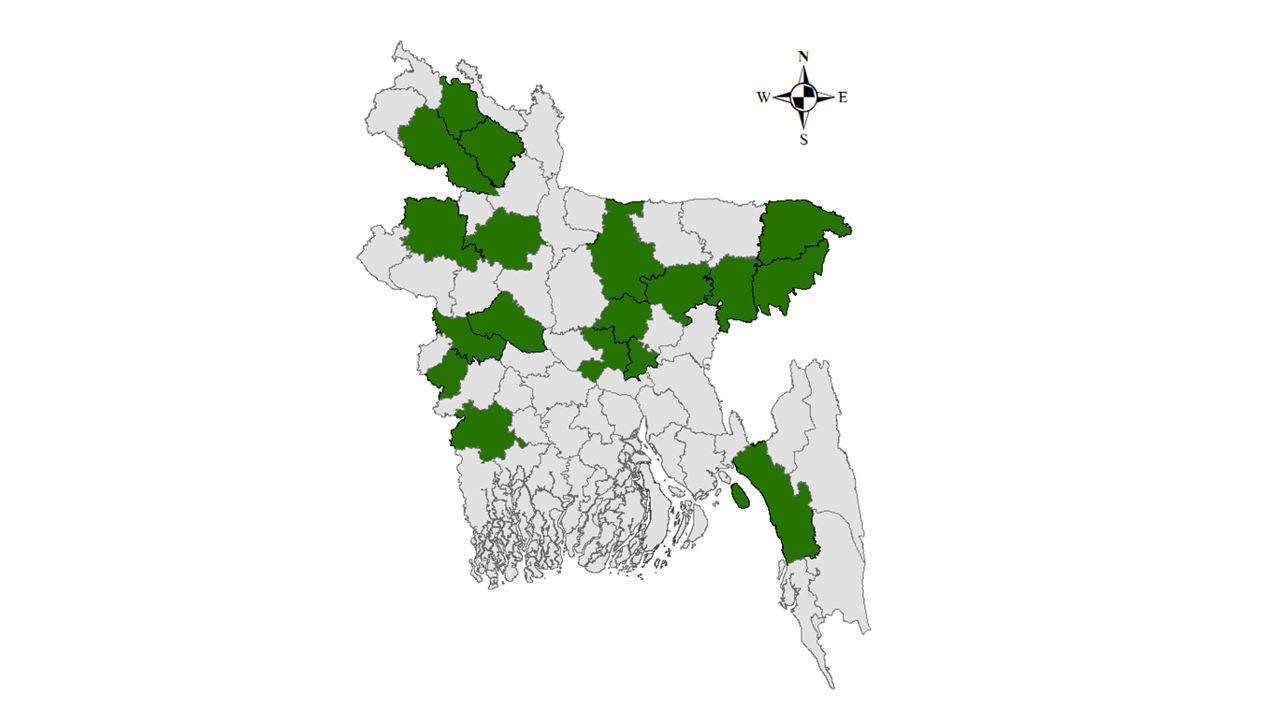
Data blogs
